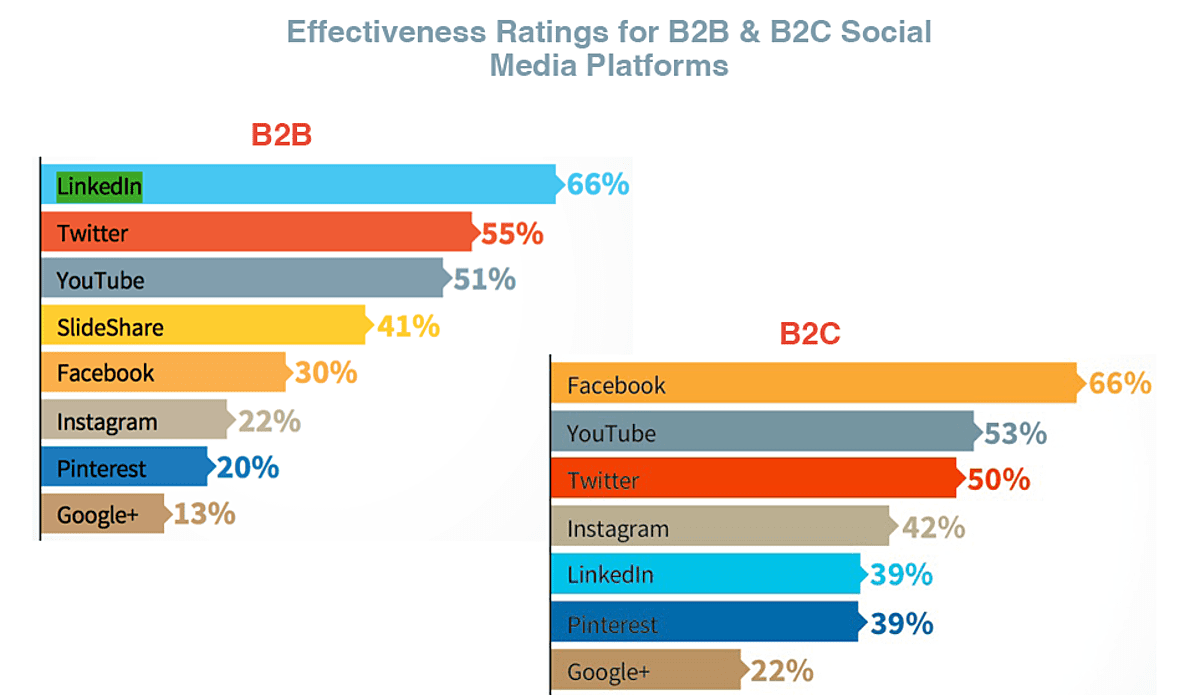
-
How To Promote An App On Social Media: 6 Steps To App Success
- Step 1: Choose the right Social Media Platforms
- Step 2: Research your Competitors
- Step 3: Add Social features to your App Scope
- Step 4: Create Pre-launch Social Media Buzz
- Step 5: Constantly interact with your Audience after the Release
- Step 6: Test, Measure and Adjust your SMM efforts regularly
- Promoting Apps on Social Media and it's Value

With over 5 million applications on Google Play and the App Store, building a sleek mobile app is just half the journey. In order to propel your masterpiece to the top of the app store download charts and acquire users, you need to invest in marketing as well.
Marketing is where app start-ups usually fall short. Getting press coverage costs money. So go with Google AdWords campaigns and we are not even talking about influencers who charge anything between $80 and $5,000 per sponsored post. Is there a way to reduce app marketing costs? Sure! Here’s what you need to know about promoting new apps on social media.
How To Promote An App On Social Media: 6 Steps To App Success
Before you start with the app development process, we would suggest you to should create a detailed social media marketing plan that covers promotional activities scheduled for every stage of the project life-cycle, including its pre-launch, launch and post-launch.
And yes, you should make social media part of the overall app marketing strategy. Here’s how you should proceed:
Step 1: Choose the right Social Media Platforms
Market research is the essential part of an app development project and that’s when you define your target audience and the social media apps your customers prefer. Facebook (2B monthly users), Twitter (328M users) and Instagram (700M users) work best for B2C app projects, although younger audience tends to uninstall the Facebook app and favors Snapchat over Instagram. With B2B customers, LinkedIn (500M users) is not the only option: Twitter now has a large influencer base, and users trust those influencers as much as their friends!
Step 2: Research your Competitors
Once you’ve defined your target audience and their social media habitat, it’s time to check what your competitors do.
- What are the strong and weak sides of their Social Media app marketing campaigns?
- Do they share content on a regular basis and interact with their audience?
- What type of content gives them the most traffic?
- Do they use paid ads and does it actually work?
A thorough competitor analysis would help you filter out ineffective promotional activities and optimize marketing spending;
Step 3: Add Social features to your App Scope
No matter what kind of a mobile application you’re working on, it might be a significant social media app, e-commerce solution or another Clash of Clans clone, you should make it social-friendly. Likes, comments, instant messages, the integration with major social networks and social connections (including user-profiles and search) surely boost engagement rates and enable users to easily share content;
Step 4: Create Pre-launch Social Media Buzz
The only way to attract potential app users is to showcase your product in the best light possible. And here’s where high-quality content comes in handy. You can pull an Evernote trick and make a couple of creative videos telling users how your application will change their lives. You can write detailed posts featuring app mock-ups, screenshots, and pictures of your dev team working your fingers to the bone to share your experience with fellow developers, keep users informed about project updates and create a brand with a human face. You can also contact platforms like Make Tech Easier, App Futura, Contract.iq, etc. to review your app (some tech websites even do it for free).
Also, you should not ignore influencer marketing. Unlike traditional in-app and social media ads, posts created by an influencer i.e. a person who is well-known in your industry and has a strong social media following and are not considered purely commercial. A true influencer never uses scripts; instead, they try a product (a mobile app in this case) and then share their opinion with the audience.
According to Maria Shestakova, Marketing Executive at r-stylelab.com, working with a celebrity-level influencer (250+ thousand followers) will not necessarily translate into a bajillion app downloads. Instead, you’d better focus on micro-influencers to reduce your cost-per-engagement; these guys usually charge $ 83 and $ 175 per an Instagram/blog post, respectively. Finally, you should make use of Facebook, Twitter, and Instagram ads: according to Grow Mobile, 50% of app developers spend 25% of their marketing budgets on social media ads – and this brings us back to the competitor analysis question;
Step 5: Constantly interact with your Audience after the Release
With social media, you can turn happy users into brand advocates and get tons of free promo and that’s why you shouldn’t rely on SMM automation tools. Find time to interact with your audience directly. Show user-generated content on your website and social media accounts. Reward dedicated followers with bonus points, free account upgrades, and extra storage. Collect feedback to polish your product. Focus on user experience and your customers will make it up to you!
Step 6: Test, Measure and Adjust your SMM efforts regularly
Since 2008 (that’s when the App Store was launched), we’ve seen several unlikely app hits like Flappy Bird and Candy Crush take over the world. Some developers do 'no marketing at all' and get thousands of app downloads, while others spend the canonic 20% of the projected annual revenue on marketing and flop hard. Marketing your mobile app on social media, however, allows for greater transparency since you target users by demographics and interests.
You should develop a detailed content plan, share posts on a regular basis, monitor ad traffic and analyze the stats to see what works best for you and make timely changes to your SM marketing strategy.

Promoting Apps on Social Media and it's Value
In a world where less than 0.01% of mobile applications achieve commercial success, appreneurs should seize every opportunity to get their apps noticed by constantly promoting their apps on social media or by hiring any mobile app advertising agency to do so for them. Do social media serve the purpose? Judge for yourself:
- By 2021, the number of social media users will top 3 billion;
- 1.7 billion users access social media on mobile devices;
- 90% of young adults (that is, Millennials and Centennials who are most likely your target audience) use social media.
- The average Millennial, for instance, spends over 6 hours weekly absorbing social media content!
Marketing an app on social media is a tried-and-tested strategy to tell the world about your product, find beta-test users, gather feedback and build a dedicated user base. Why not give it a try?














